Sound performance
For the purpose of this review, I used the Unique Melody Maestro for IEM testing and the Sennheiser HD800S for headphone comparison. All files were streamed from Qobuz in Hi-Res (when available), Apple Music in Hi-Res from my MacBook linked to the Kann Alpha, Spotify, and my own library.
Overall signature
Within the first minutes of listening, you can clearly state two things: the Kann Alpha sounds very different from the SE180, but this kind of signature might find a lot more aficionados than the first one.
The soundstage is narrower and the player can’t manage to retrieve as many details as to its bigger sibling, but the bass sounds much more impactful. Out of the box, paired with the Sennheiser HD800S, I’d favor the Kann Alpha 9 out of 10 times in a blind test. The raw power delivering deep, tight lows even with complex tracks.
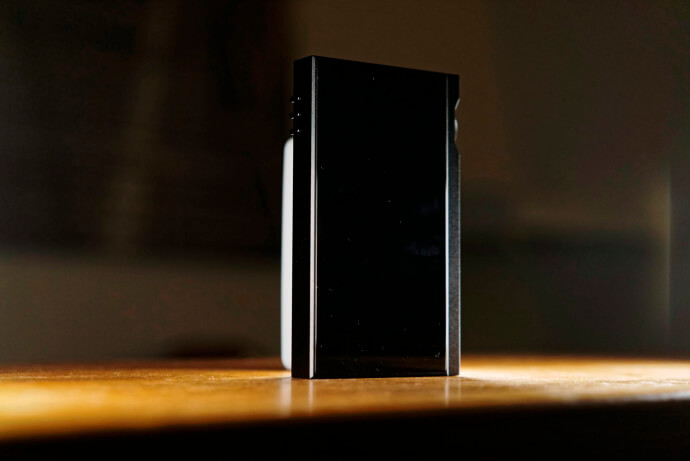
Compared to the Shanling M6 Pro 21, which uses the exact same DAC, the sound is equally refined, equally wide but with sharper mids/highs, and darker background. I don’t know how A&K does this, but every player I tried always has been dead silent, so much in fact that every other brand seems noisy after them. The Kann Alpha is proof that more power, doesn’t always mean more noise.
Paired with my UM Maestro, I listened to the usual A&K embedded track – Spanish Harlem and In A mellow Tone – just out of curiosity and also because I’ve already heard them more than a few hundred times now, on many, many Astell’s players. If not as good as the SE180, it felt better in some aspects: the sound was more vivid thanks to strong low-mids and forgiving high-mids. While the SE180 acts as a magnifier, outlining every good and bad of a song, the Kann Alpha seems a lot easier to handle on a daily basis.
On my techno tracklist, the bass reached abyssal levels, without ever impeding on the other frequencies range: the more I asked, the more I got and this was quickly addictive. As you’d expect, the Kann Alpha can get DANGEROUSLY loud, and I can’t put enough emphasis on that. If you use IEM or CIEM, even mid-level will be more than enough, as I strongly encourage you to stay in low-gain mode.
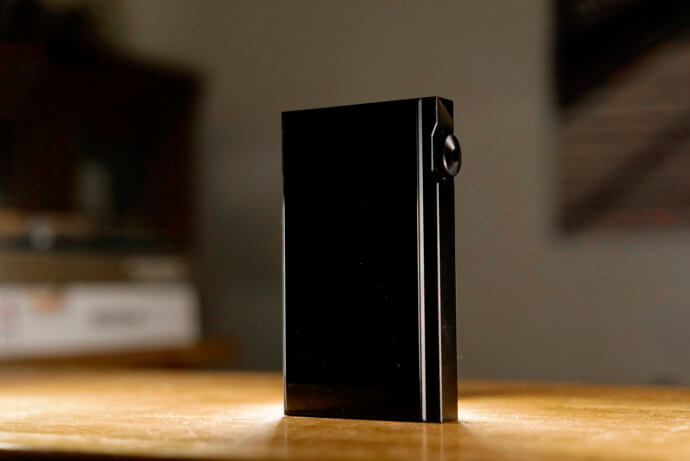
The output power range between:
- High: Unbalanced 6Vrms / Balanced 12Vrms (Condition No Load)
- Mid: Unbalanced 4Vrms / Balanced 8Vrms (Condition No Load)
- Low: Unbalanced 2Vrms / Balanced 4Vrms (Condition No Load)
But the best feature remains the 150 volume steps. No other brand gives you so much finesse to fine-tune your volume, even if no gain settings are available.
Layering is razor-sharp and the sound stage pinpoints accurate, especially when you use big headphones like the Sennheiser or cans like Meze Empyrean. And if balanced outputs aren’t mandatory this time, it would be a shame not to enjoy the improved soundstage offered by those outputs.
Last but not least, Instruments are perfectly defined, transients are blazing fast and the longer you listen, the more get accustomed to those uncanny moments where, out of nowhere, the voice seems to appear right in front of you.
It’s a great player, from head to toes. Not as impressive as the SE180 in pure sound quality, but much more powerful, or raw depending on which headphone you use it with.
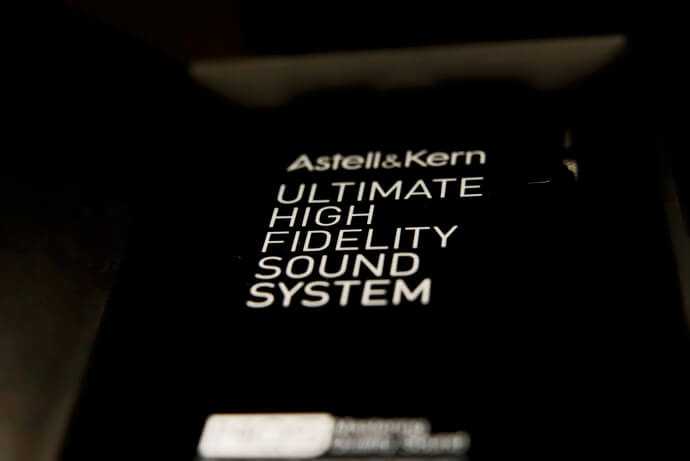
Tonality
Highs: sharp and clean. The A&Futura Kann Alpha remains a true A&K player with sharp highs and a very airy presentation. With a good IEM, the result is deeply impressive, whatever the genre and style. If it sounds a bit too flat for you, use the equalizer to improve readability by pushing the 8kHz by a tad +2dB.
Good test track : Bernard’s Song – Veronique Sansson
Mids: big soundstage, big power. The voices really pop up, helped by the massive output power which pushes mids a bit further than the other frequencies. The Kann Alpha can be really forgiving in the midrange section and for once, crappy recordings won’t be an issue with this player. Hurray.
Good test track: Obama – Dombrance
Lows: even more power, deeper lower lows. This is one of the few aspects where I preferred the Kann Alpha to the SE180: this player could reach sub-bass with ease, pushing even further than before. Paired with the Audeze LCD-X or my UM Maestro, I could almost physically feel the rumble of the bass, and the more I pushed the volume, the more the Kann Alpha seemed to give. It really surprised me in a good way, if you like tight, imposing bass, this is the one.
Good test track : The Return – Pylot
Noise: Most players now do not suffer from bad grounding, or switch off the amp when the music stops playing. But Astell&Kern is known for their super-quiet players, and that’s even better here. Even with my super sensitive Onkyo CIEM, I could never hear ANY noise or interference. Combined with its super-low distortion, this creates the canvas for an incredibly immersive sonic experience, whether you chose streaming or local files
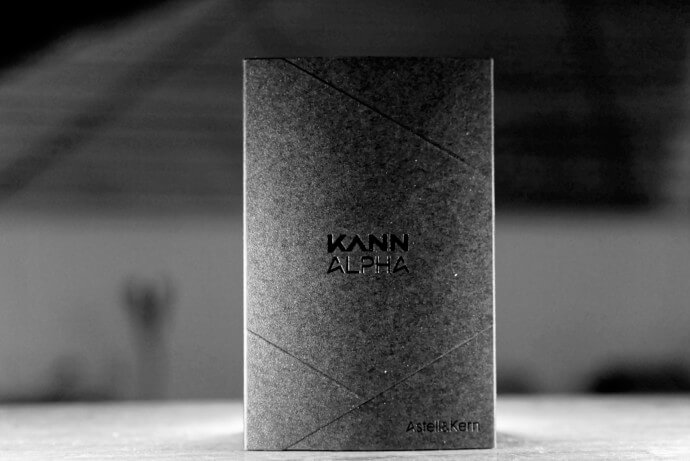
Conclusion
Once more, the Kann 3rd gen holds a strange position in Astell&Kern line-up. It’s insanely powerful, way too thick but in the meantime easier to carry than the SE180, which is way too big. It’s not as versatile as a FiiO, nor it is cheap, but for the power alone, this player deserves your attention.
If you want something that can drive your big headphones but don’t want to carry your sedentary DAC/AMP (or both), the Kann Alpha is perfectly up to the task. It’s able to push insanely high levels of powers with moderately good battery life. Not extra long, but long enough to cover a week of commute (at least, that’s what it did with me)
Of course, if you want something more posh and refined, Astell also offers the SA700, equally priced with a slimmer package and better sound overall. But since I already got the SE180, the Kann Alpha was a better fit for me, as I wanted something beefy to drive my cans.
If you want something a bit cheaper, you can check the new FiiO M11 Plus LTD (more versatile) or the iBasso DX300 (more everything). But, if your main goal is to get the raw power of your home gear, on the go I’d say that the Kann Alpha is the obvious answer, if not the only one.
________
Page 1: About the brand
Page 2: Design & Build Quality
Page 3: UI & Usage
Page 4: Specifications





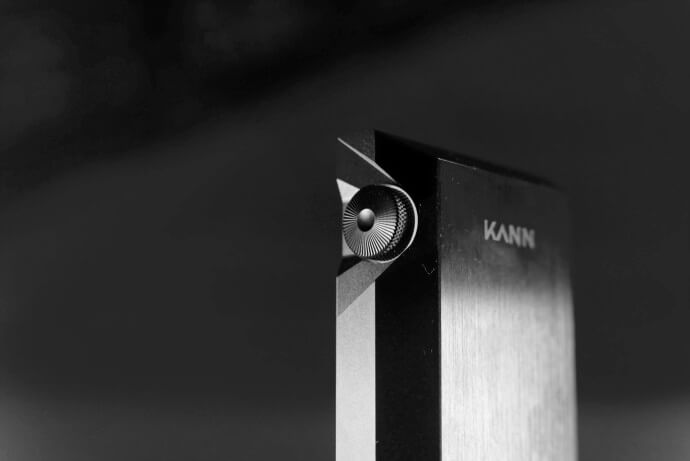
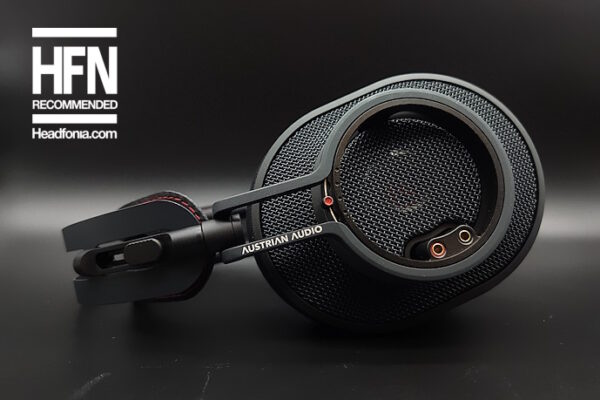

Onik
Wrong Specs! Ka works only with WiFi: 2.4 GHz.
also you didn’t mention that this new DAP has issues with embedded tidal, it keeps skipping songs randomly even their new updates couldn’t fix the damn issue. The WiFi module of this dap is really old gen so its doesn’t really work with moder busy routers, in 2020 and for the price I paid the dap should be the most powerful portable streaming device but sadly A&K is a joke! instead of fixing their current gen dap they keep making their sexy looking daps with d.o.d.g.y support!
Edmundo
Agreed! I am having the same problem, I’ll return it.
It is so refreshing that still a few concerned consumers just point to real shortages, instead of just going with the hype or the marketing superficialities.
Claudio
Embedded tidal? Did you try to install Tidal apk? The embedded tidal in all A&K didn´t work well but if you install the apk TIDAL will work perfectly!. I agree that all A&K DAP use old parts in their DAPs. In my experience i think all DAPs has weakness. I have own many brands like Fiio, Ibasso, Sony, Hiby, Shanling and A&K and I can’t find one with perfect performance. Or the battery drains, or the android stop working, or the wifi/BT are weak or the UI is to slow and so on!!. And the DAP that do the best job didn’t sound as great as the other with some issues.
Sproesser
That’s useful feedback. Best to read the user reviews before buying any DAC to make sure the issues it has are not a deal breaker for you. I have the Kann Cube. Same thing, a couple flaws that hold it back from being otherwise amazing.
Chance Witt
Guessing that you haven’t reviewed a Pioneer XDP-300R based on that volume range comment.
The Pioneer has over 150 individual volume steps, makes phenomenal use of its dual DACs, and even utilizes two way BT.
It also operates on a full Android OS.
I’d highly recommend comparing it to the midrange DAPs you’ve touted in this review to see how it stands up in your opinion.
I keep trying to move to a “higher end” player only to find I often have to make too many concessions in other areas just to get an arguably higher end DAC.
Katie Fincher
The Kann Cube is hands down the worst DAC I’ve ever owned, and it all comes down to its charging capabilities. It is impossible to charge it at a rate that keeps its battery in check while using anything 1.4v or higher on the XLR out, so it stops working after less than an hour.
Do not buy.